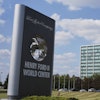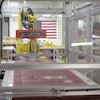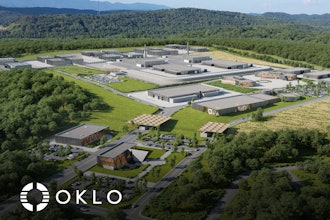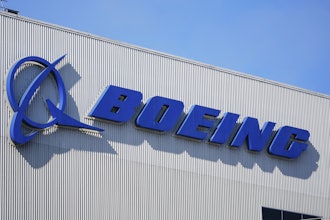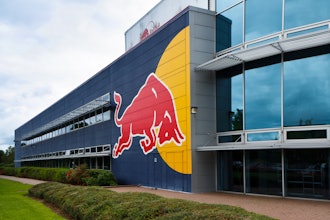Expectations in manufacturing for 2006 are high, according to 75% of the responses from the 70th Semiannual Economic Forecast. The report was released Dec. 13 by the Business Survey Committee of the Institute for Supply Management. Survey respondents said they expected revenues to be greater in 2006 than in 2005.
''Manufacturing purchasing and supply executives are optimistic about their organizations' prospects for the first half of 2006, and predict additional growth during the second half, but at a slightly slower rate,'' said Norbert Ore, chairman of ISM’s Manufacturing Business Survey Committee.''While 2005 has been a particularly strong year overall, it has presented challenges with regard to inflationary pressures on manufacturing costs. Respondents now expect those pressures to subside somewhat in 2006 based on their overall price forecast.'' In the manufacturing sector, respondents said they are operating at 85.3% of their normal capacity, down from 86.8% reported in May 2005. Purchasing and supply executives predict that capital expenditures will increase by 9% in 2006, compared to a 19% increase reported for 2005.
''Manufacturing has gained momentum in the past several months with significant strength in new orders and production,'' Ore said, ''and is in its 30th consecutive month of growth as reported in the monthly Manufacturing ISM Report On Business.''
Manufacturers who responded said that employment in the sector will grow by 1.3%, while labor and benefits costs are expected to increase an average of 2.7%. Manufacturing purchasers are predicting growth in exports and imports. They also expect the U.S. dollar to strengthen somewhat against currencies of major trading partners.
Listed among respondents' major concerns are energy cost and supply; oil and petroleum-based products; inflation; labor and benefits costs; and continuity of supply and shortages.
